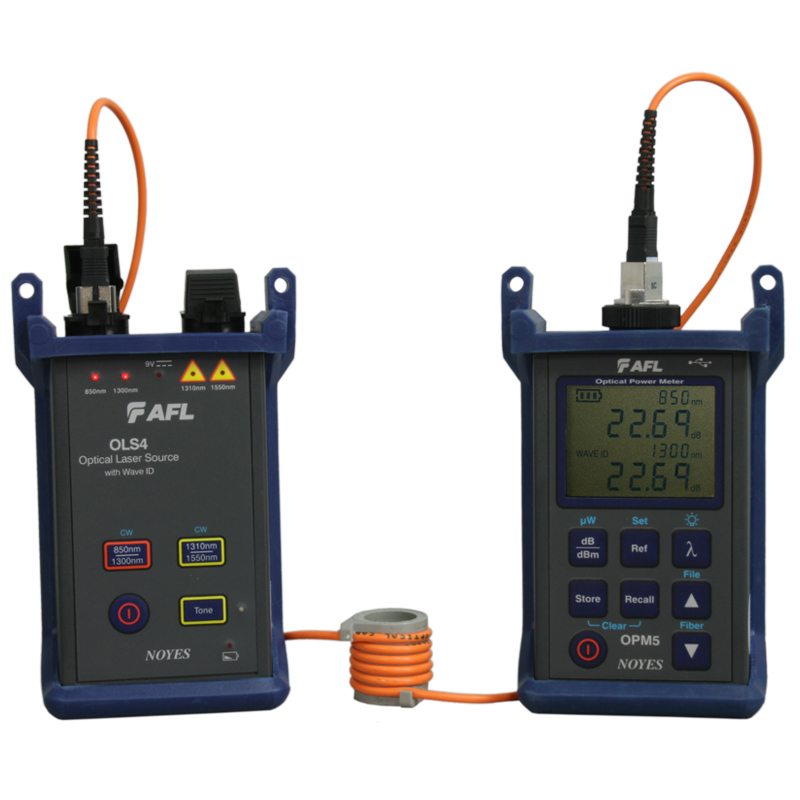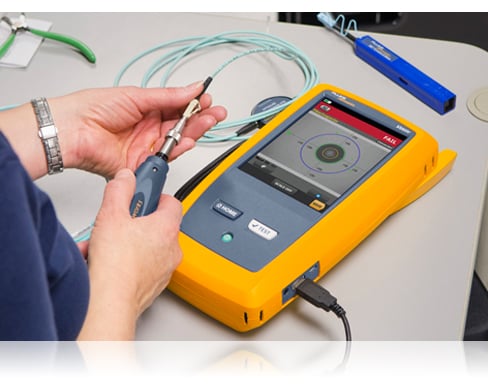Industries use fibre testing equipment to ensure product reliability.
Industries use fibre testing equipment to ensure product reliability.
Blog Article
Exploring the Advantages of Optical Fibre Testing for Boosted Communication Systems
The value of optical fiber screening in modern communication systems can not be overstated, as it serves as a structure for ensuring network integrity and efficiency. This aggressive testing approach has profound implications for signal high quality and functional performance, increasing the concern of just how these techniques contribute to long-term sustainability in an ever-evolving technical landscape.
Importance of Optical Fiber Testing
The significance of optical fiber testing can not be overemphasized in today's data-driven environment. As companies progressively depend on high-speed information transmission for day-to-day procedures, the integrity and efficiency of optical fibre networks are vital. Testing guarantees that these networks can support the huge quantities of information produced and sent seamlessly, fostering reliable interaction and connection.
Optical fibre screening serves numerous vital features, including validating installment top quality, determining potential mistakes, and identifying total system performance. Routine testing can stop pricey downtimes and solution disturbances, permitting companies to keep functional connection. It aids in compliance with industry standards and guidelines, making certain that fibre optic installments meet required specifications for safety and security and reliability.
Additionally, screening can boost the longevity of fibre optic systems. By proactively recognizing problems such as signal loss, depletion, or port failures, companies can attend to problems before they intensify, hence expanding the life of their infrastructure. In summary, optical fiber testing is not just a technical demand but a tactical financial investment that enhances network dependability, maximizes performance, and inevitably sustains the growth and efficiency of modern interaction systems.
Secret Testing Approaches

OTDR is a vital method used to recognize faults, action splice losses, and evaluate the general honesty of a fibre optic link. By sending out a pulse of light down the fiber and examining the reflected light, professionals can identify areas of faults and assess the network's performance over fars away.
Insertion loss screening gauges the amount of signal loss that happens when light go through a connection or splice. This method is vital for confirming that links satisfy specified loss thresholds, which is crucial for maintaining optimum efficiency in interaction systems.
Optical return loss screening quantifies the quantity of light mirrored back towards the source because of blemishes in the fibre or connections. High return loss values suggest much better performance and reduced signal deterioration.
With each other, these testing techniques provide a thorough evaluation of fibre optic networks, ensuring their dependability and performance in varied interaction applications.
Influence on System Performance
Efficient optical fibre screening directly affects the total efficiency of interaction systems. By making certain the stability of fibre optic cords, screening identifies possible faults such as attenuation, splice loss, and port misalignment. These problems can substantially weaken signal quality, leading to disruptions and decreased data transmission rates.

In addition, routine optical fibre screening contributes to long-term system sustainability. It makes it possible for very early detection of wear and tear, enabling prompt maintenance and upgrades prior to major failings happen. This not just extends the life expectancy of the facilities yet also makes certain that communication systems continue to be competitive in terms of performance.
Cost-Effectiveness and Efficiency
Cost-effectiveness is an essential factor to consider in the deployment and upkeep of optical fibre networks. Implementing durable optical fiber testing procedures can dramatically reduce functional prices by determining issues before they escalate into major troubles. optical fibre diameter analyser. By identifying faults, depletion, and other performance barriers early, companies can prevent pricey repair services and downtime, which can official site disrupt solutions and cause revenue loss
In addition, efficient testing approaches improve the installation procedure, enabling specialists to function more effectively. This converts to reduce work expenses and faster project conclusion times. Advanced testing equipment, such as Optical Time Domain Name Reflectometers (OTDRs), makes it possible for an accurate analysis of fibre high quality, ensuring that just optimum products are made use of, consequently reducing waste.
Normal screening additionally adds to far better resource appropriation. By recognizing the network's performance, companies can make educated choices concerning upgrades and expansions, ensuring that investments are made where they are most required. In summary, optical fibre testing boosts cost-effectiveness and effectiveness, sustaining the long-lasting sustainability and competition of communication systems in a progressively demanding market.
Making Sure Long-Term Reliability
Carrying out rigorous optical fiber testing not only improves price savings and operational effectiveness but also plays a pivotal function in guaranteeing the long-lasting dependability of communication networks. Regular screening practices, consisting of attenuation and bandwidth analyses, help identify possible degradation in fiber efficiency before it results in solution disruptions.
By using sophisticated screening methodologies, network operators can identify faults or weaknesses in the fibre framework, permitting for prompt removal. This proactive technique minimizes downtime, making certain that communication systems remain practical and reliable. Additionally, routine testing contributes to the development of a much more durable network, as drivers can adapt and maximize their framework based on real-time information understandings. optical fibre diameter analyser.
In addition, ensuring conformity with industry requirements with optical fiber testing enhances the quality and stability of the whole interaction system. This adherence not only boosts confidence among stakeholders but also lines up with regulative requirements, which are significantly stringent.
Conclusion
To conclude, optical fibre screening functions as an essential part in boosting communication systems. By using numerous testing approaches, such as OTDR and insertion loss assessments, networks can achieve optimal performance and dependability. The proactive recognition of faults not only improves signal top quality however also decreases More Info downtime, eventually adding to cost-effectiveness and operational effectiveness. Moreover, adherence to market requirements cultivates stakeholder confidence, guaranteeing the long-lasting sustainability of interaction infrastructures in a significantly data-driven landscape.
Report this page